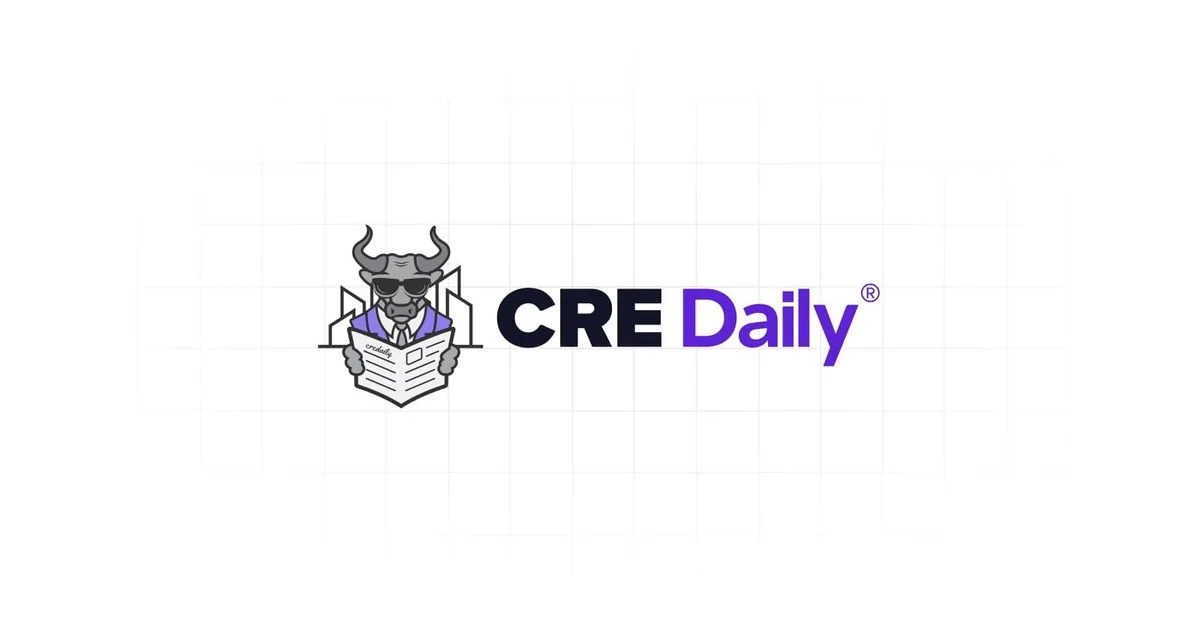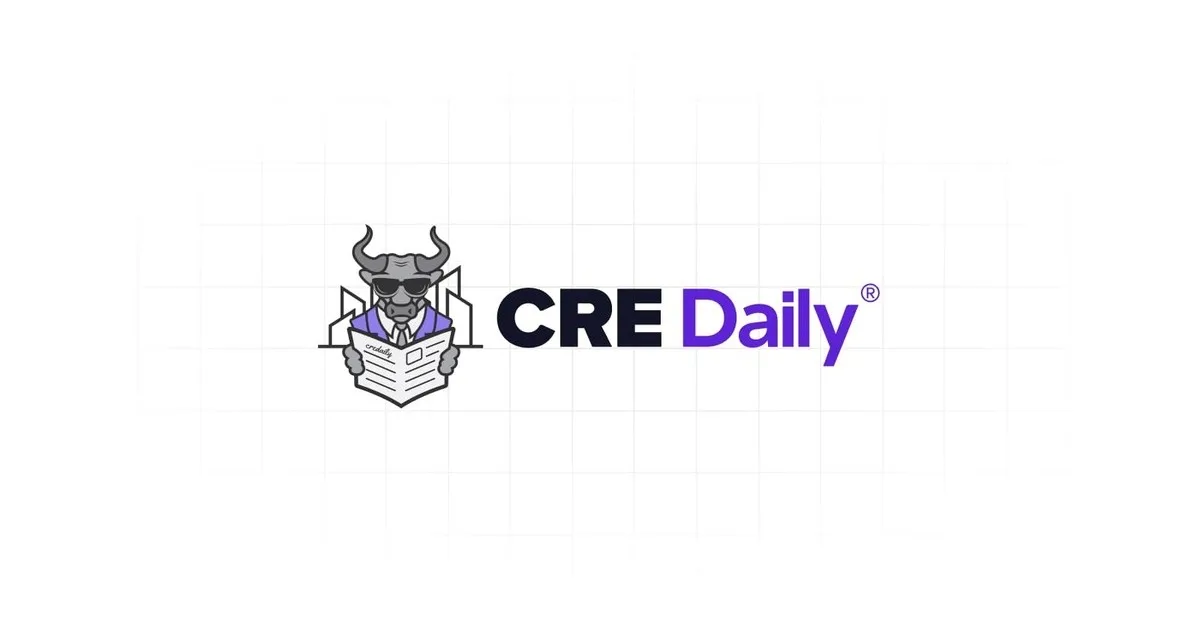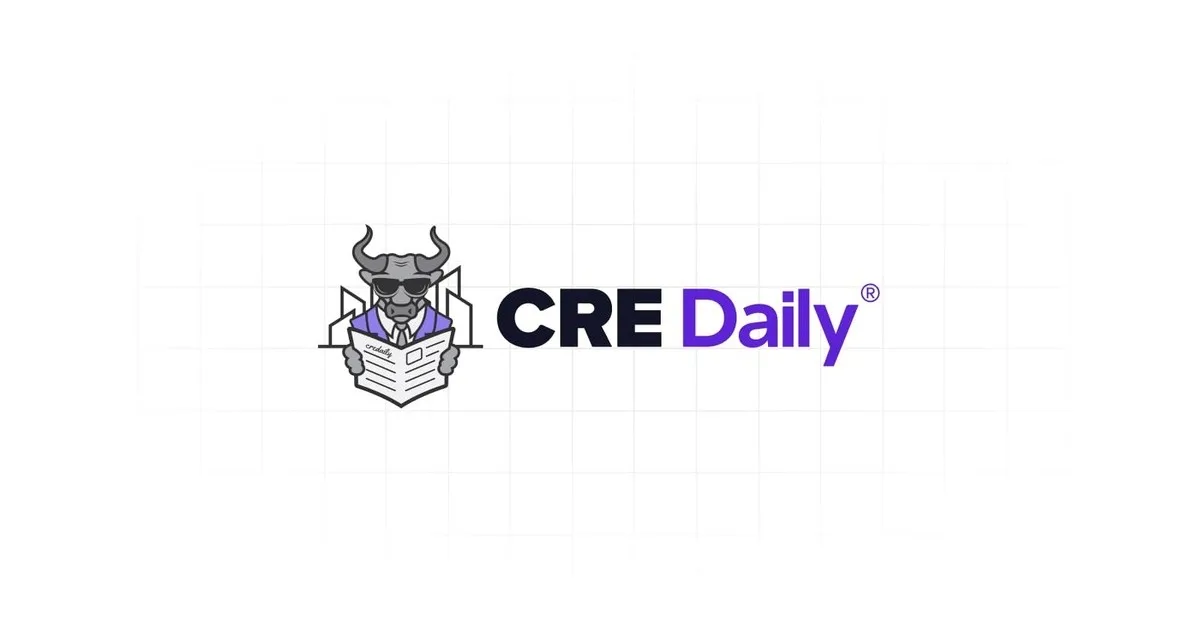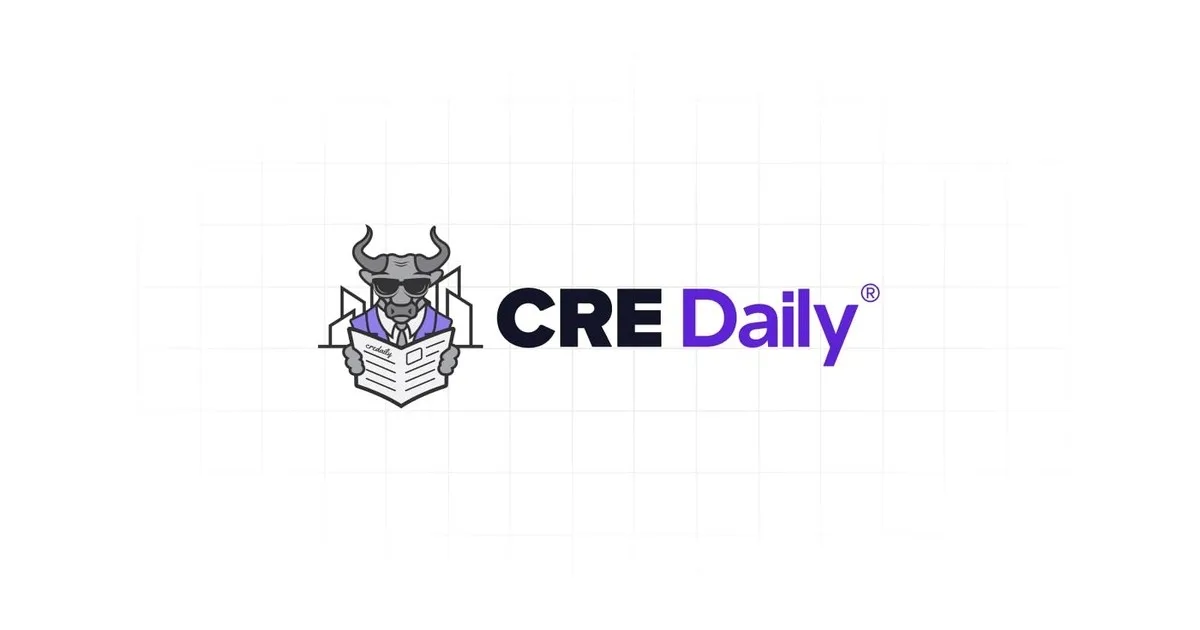- Nationally, drugstores are testing smaller locations and incorporating primary care clinics to adapt to market demands and enhance customer care.
- Companies like Walgreens and CVS Health are shuttering underperforming stores, while Rite Aid has filed for bankruptcy.
- Stiff competition from Amazon, Walmart, and Dollar Tree, along with rising costs and theft, challenge traditional drugstore operations.
- Expanding healthcare services, including primary care clinics and specialized health stores, aims to meet evolving customer needs while fostering loyalty.
As traditional drugstore business models face mounting challenges, major U.S. drugstore chains are exploring new drugstore formats to stay competitive.
New Models, New Formats
According to the Associated Press, Walgreens (WBA) and CVS Health (CVS) are at the forefront of this movement, testing smaller drugstore formats and integrating primary care clinics to meet the needs of price-sensitive shoppers while enhancing customer care.
Customers may soon encounter Walgreens stores that are a quarter the size of typical locations or CVS drugstores featuring extensive primary care clinics. Analysts suggest that if successful, these changes could improve healthcare access and strengthen customer relationships.
Competitive Landscape
Walgreens CEO Tim Wentworth recently indicated the chain may close numerous underperforming stores. CVS Health is also closing locations, while Rite Aid has already filed for bankruptcy.
Notably, an AP analysis found that urban neighborhoods with majority Black and Latino populations have fewer pharmacies per capita than predominantly white neighborhoods.
Drugstores are also facing stiff competition from Amazon (AMZN), Walmart (WMT), and Dollar Tree (DLTR), worsened by rising costs, theft, and shrinking prescription reimbursements.
In response, Walgreens is testing stores with digital kiosks for order placement and pickup, as well as 100 health and wellness mini stores.
Integrated Drugstores
The integration of healthcare services into drugstores isn’t new. CVS Health, for instance, stopped selling tobacco in 2014 as part of its health-focused strategy.
Analysts predict that up to a quarter of drugstores may eventually include large health clinics, especially in densely populated areas, although this model remains unproven.
CVS Health is introducing Oak Street Health primary care clinics within its stores, targeting areas needing primary care. These clinics, staffed with doctors, social workers, and insurance advisors, cater primarily to Medicare Advantage patients and aim to enhance healthcare access and quality.
Independent Drugstores
In Indianapolis, a Walgreens location exemplifies this new drugstore format with just four short aisles and a focus on health-related products. However, drugstore customers like Leonard King miss the broader selection of items available at traditionally larger stores.
Independent drugstores are also adapting by expanding immunizations, testing, and specialized services like diabetes care.
Why It Matters
The landscape of America’s drugstores is rapidly changing. With the decline of drugstores as “America’s convenience destination,” companies are experimenting with new store formats and services to adapt to evolving consumer needs and market dynamics.
As these experiments continue, the future of drugstores will likely see a greater emphasis on healthcare integration and community-focused services. Local drugstores are also likely to continue evolving based on community needs, ensuring no two are exactly alike.

















